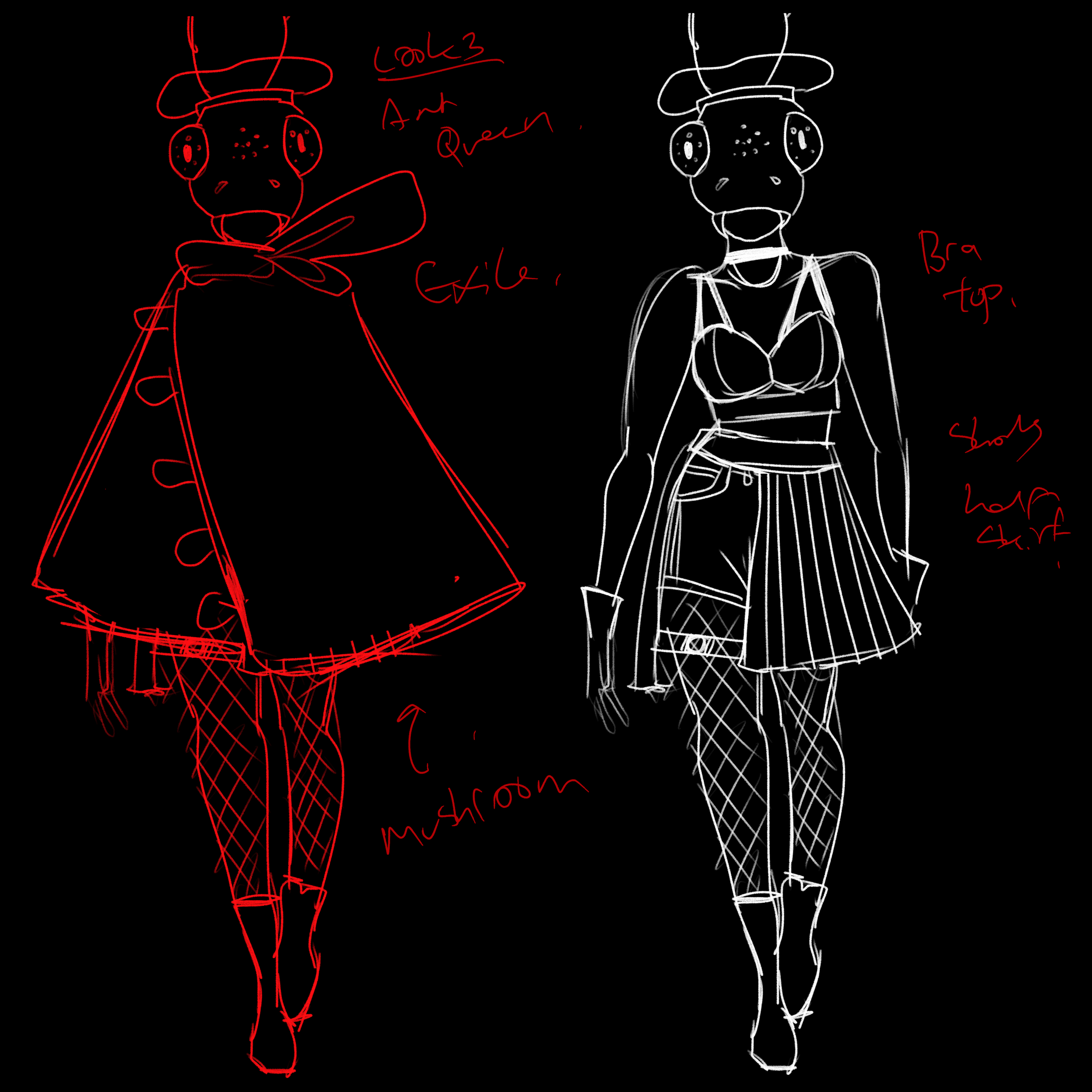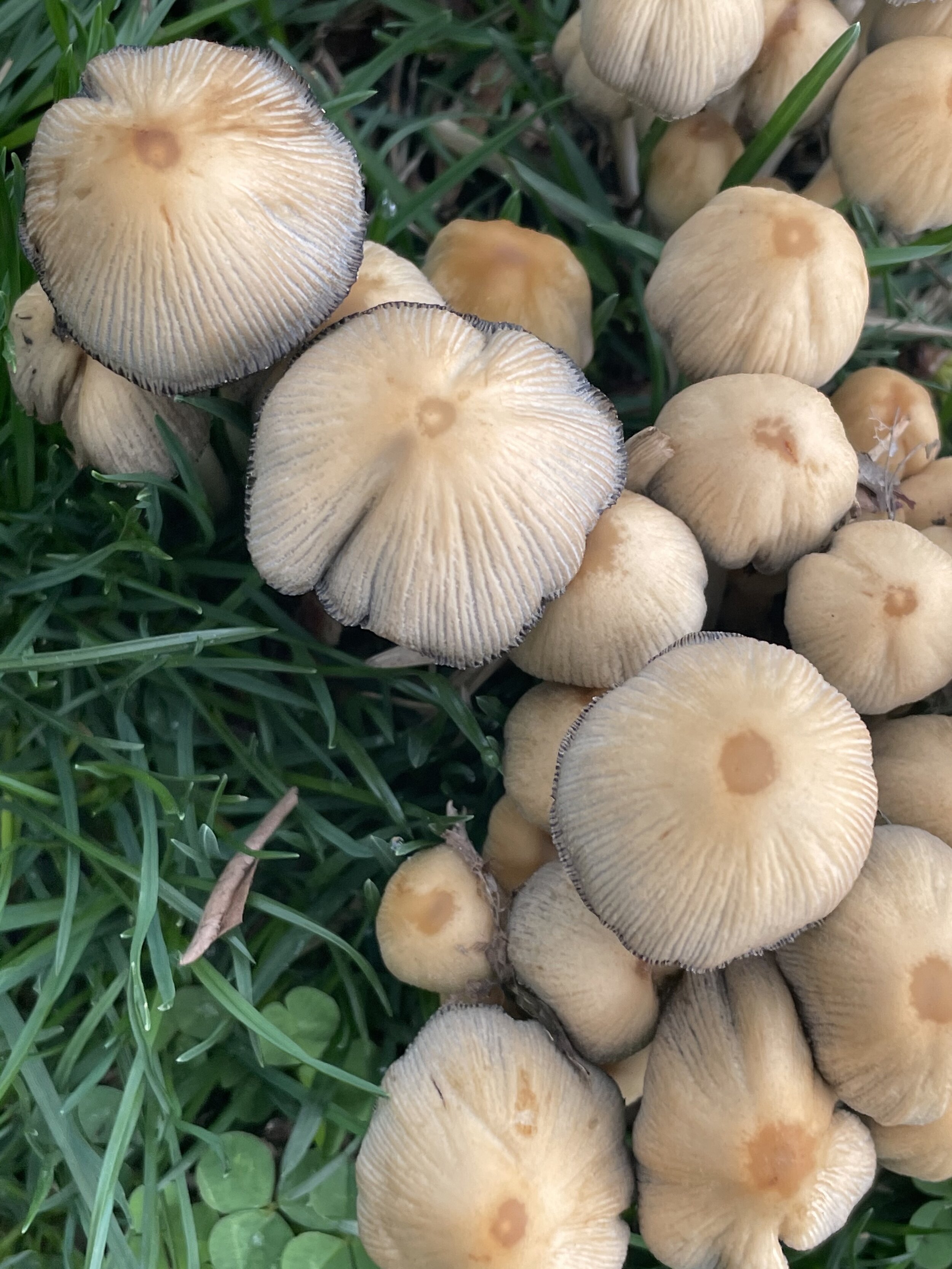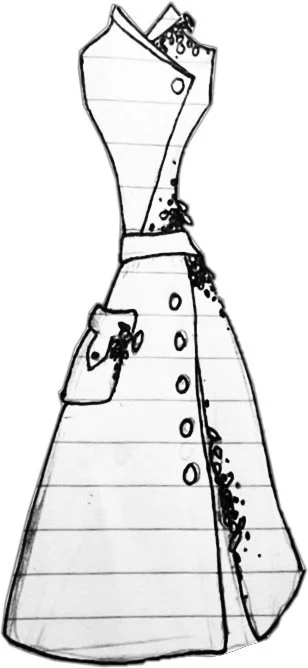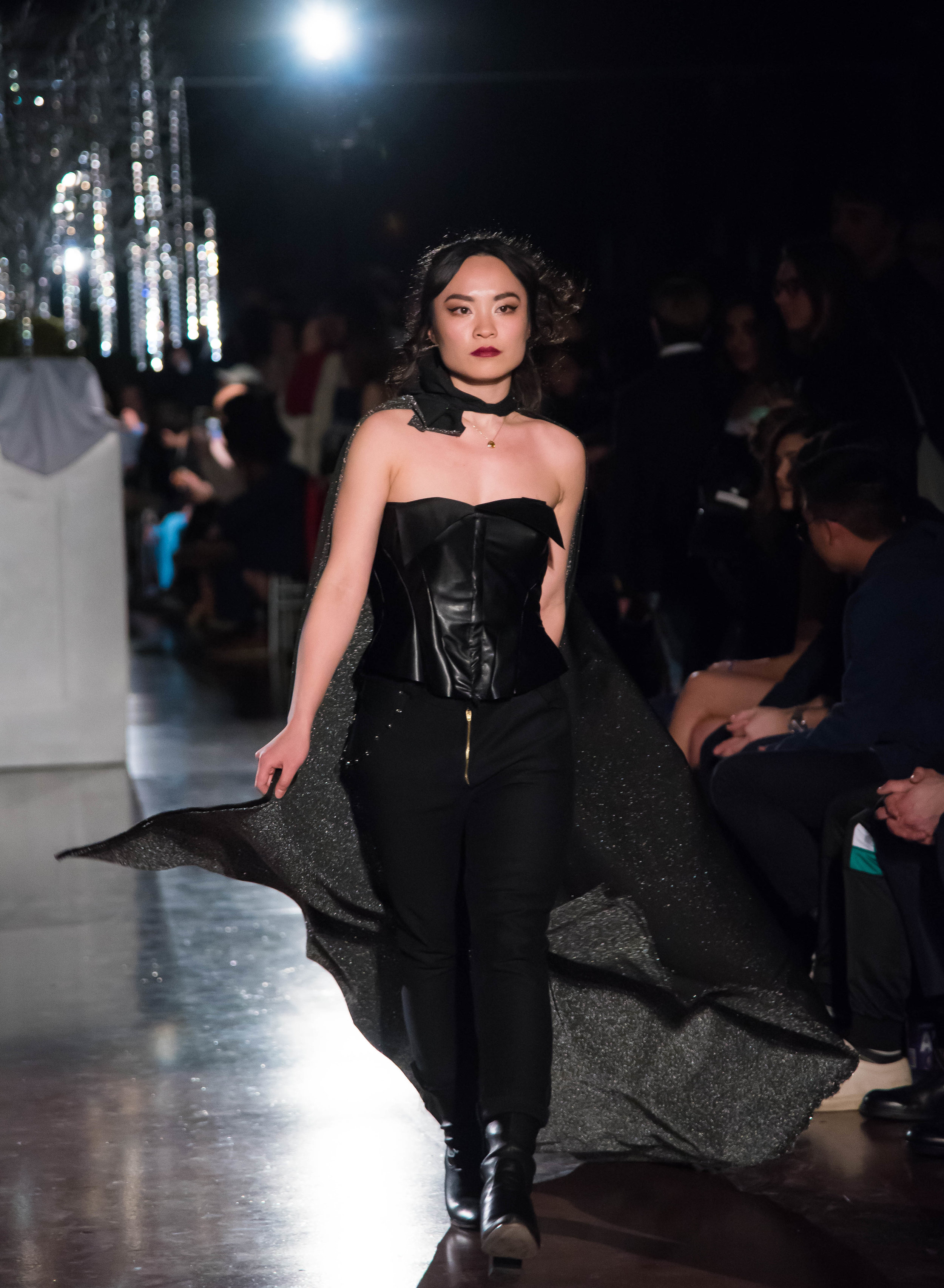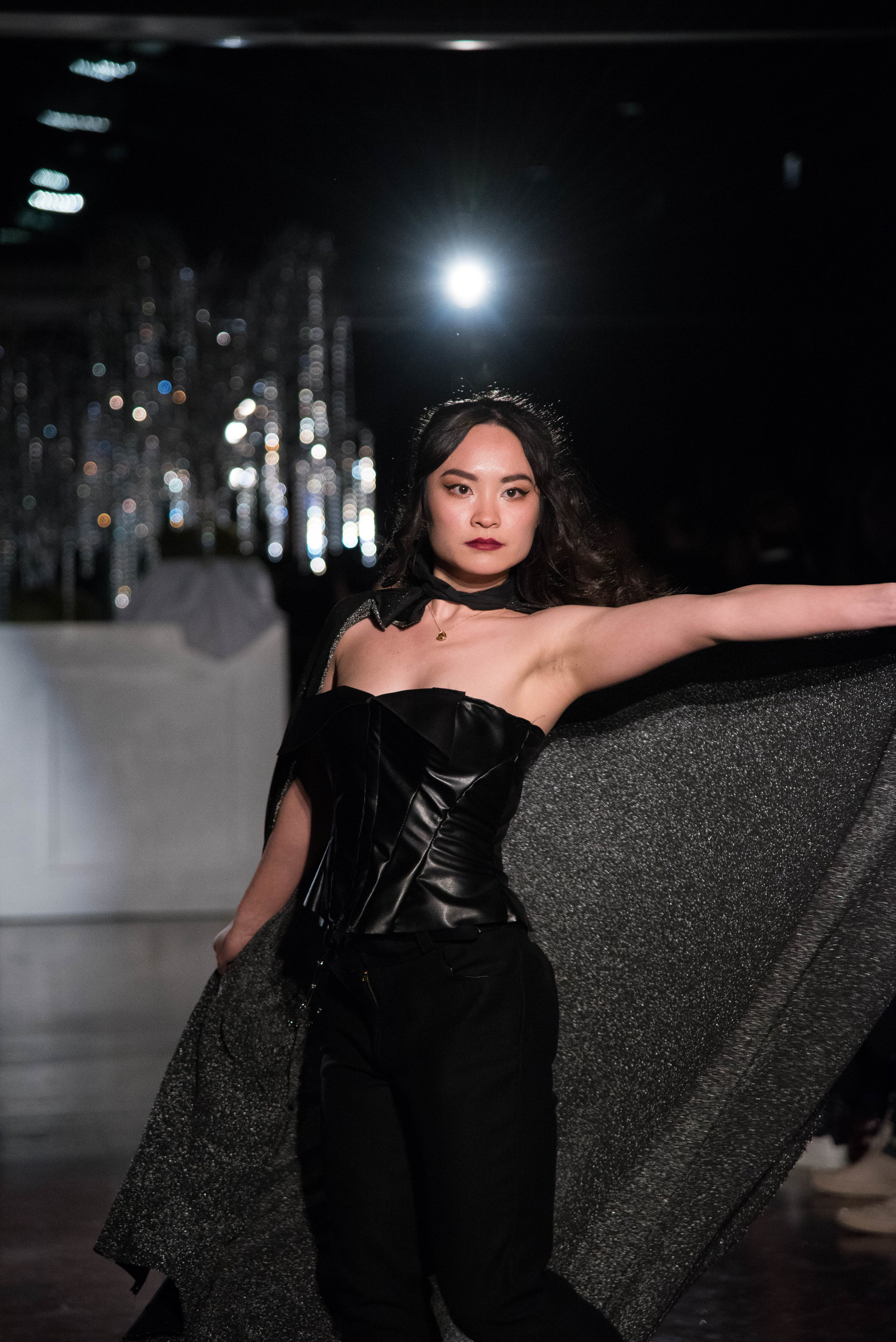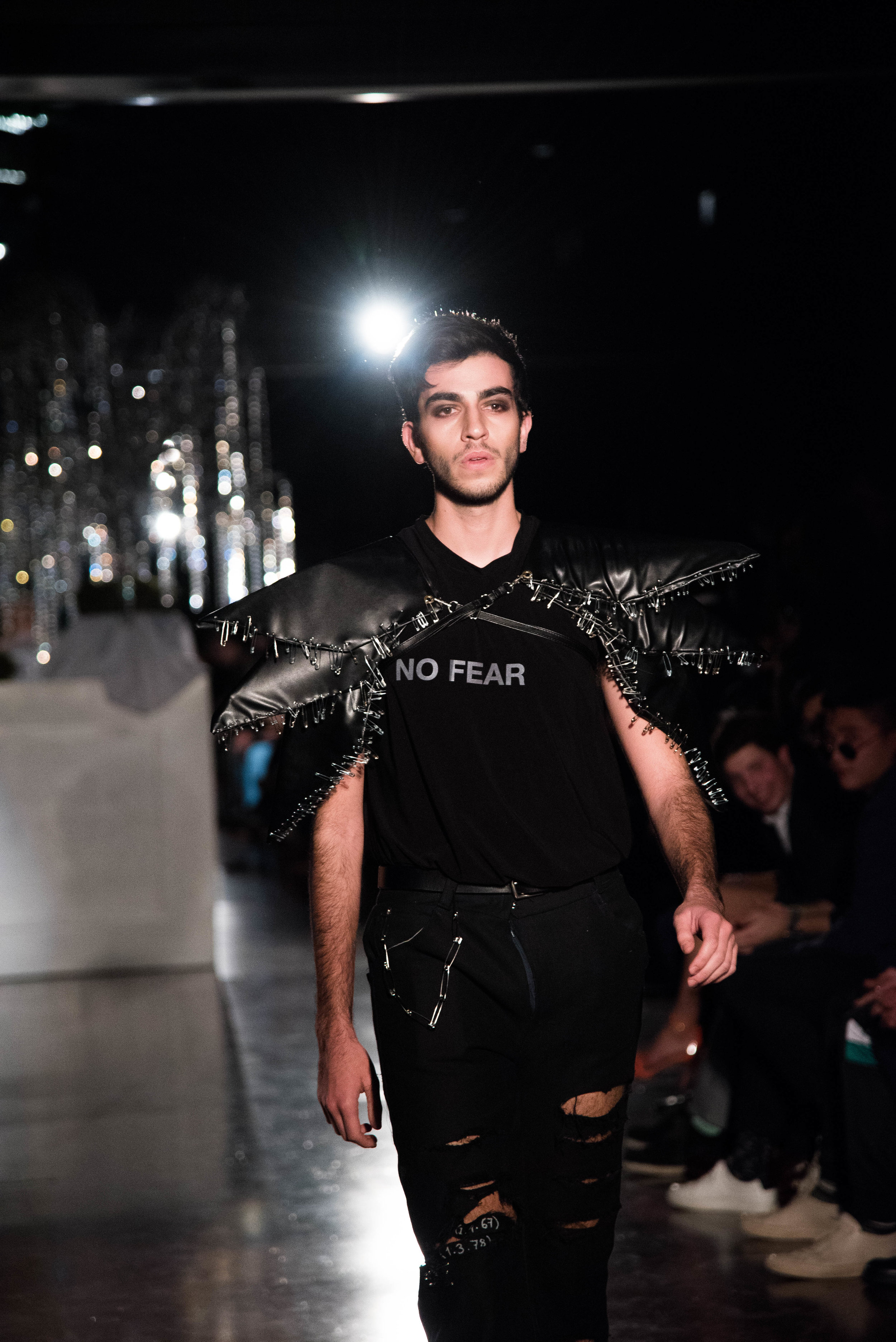Pushing the Boundaries of Fashion
Parth Wokhlu is a third-year Maths major with a knack for creative exploration and structural design. With a personal style that blends the unexpected—think streetwear meets unexpected pops of colour—Parth is a walking testament to his own unconventional aesthetic. His style reflects an appreciation for symmetry and experimentation, pushing the boundaries in fashion.
Finding Inspiration in the Unconventional
Parth’s designs are influenced by unexpected encounters and close collaborations. His design journey began with a spark of inspiration from a social media fashion influencer who challenged the status quo. They urged the reimagination of everyday garments like button-up shirts, ultimately inspiring Parth’s own desire to push creative boundaries. Additionally, Parth’s roommate and fellow designer, Mikhail, inspired him with interactive designs showcased in last year’s collection—with garments that seemed to interact with themselves. Motivated by these influences, Parth has sought to create pieces that engage with the body in dynamic, surprising ways.
Themes and Philosophy
At the heart of Parth’s work is a fascination with the symmetry of the human form and the playful displacement of traditional silhouettes. Parth’s designs are a playful rebellion against the ordinary. He delights in subverting expectations, “putting clothes in the wrong places”, in challenging conventional notions of where garments should belong. Imagine garments that defy gravity, defying expectations of how they should move. This playful approach is furthermore reflected in his unconventional material choices—think foam, wiring, and caging—transforming the design process into an exciting engineering challenge that perfectly mirrors his mathematical mind. His innovative approach not only reflects his technical background but also aims to evoke a sense of curiosity and delight in the audience.
The Challenges and Joys of Design
One of the most rewarding aspects of Parth’s journey has been the freedom to explore unconventional ideas and materials. He describes his process of designing as part engineering, part artistry. However, this freedom comes with challenges, such as balancing structure with wearability and ensuring that the designs remain engaging yet functional. Despite these hurdles, Parth’s enthusiasm for pushing boundaries kept him motivated, allowing him to successfully blend precision with imagination to craft wearable art.
Looking Ahead
While this is his debut on the fashion runway, Parth’s confidence is palpable. He is eager to share his unique creations, a blend of mathematical precision and artistic expression, with the audience. His designs not only celebrate the symmetry and versatility of the human body but also invite viewers to rethink traditional fashion norms. As he steps into the spotlight, it’s clear that Parth Wokhlu is not just a designer; he’s a creative force ready to challenge conventions and redefine the boundaries of fashion.
Whether it’s reimagining silhouettes or integrating engineering concepts into fashion, Parth Wokhlu’s work stands as a testament to the transformative power of innovation in design. Let’s look forward to seeing Parth’s final works on the runway!





